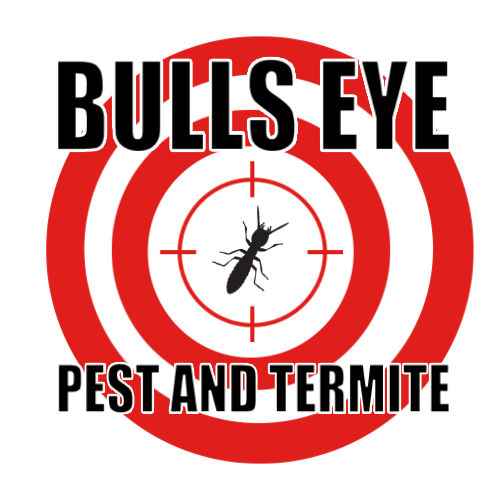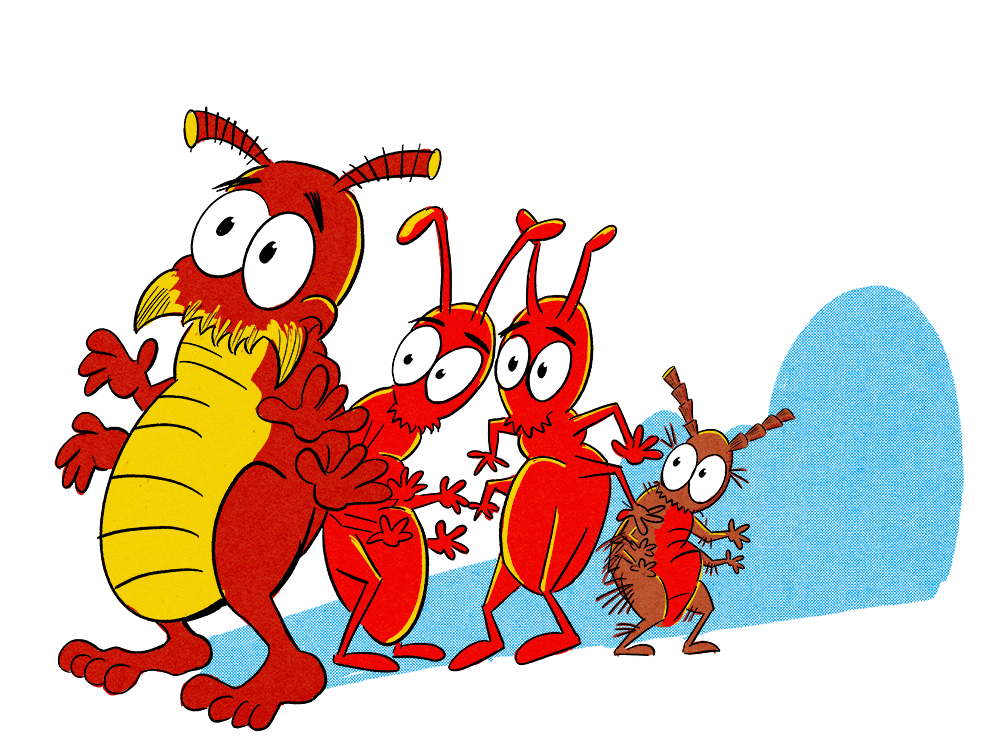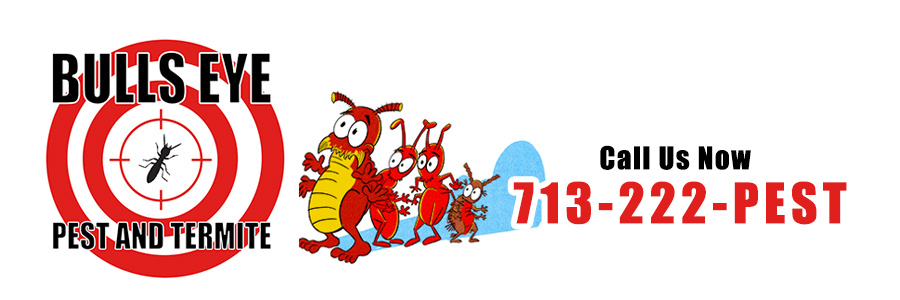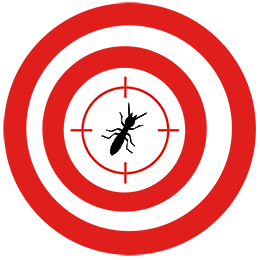Houston Pest Guide: Crazy Ants
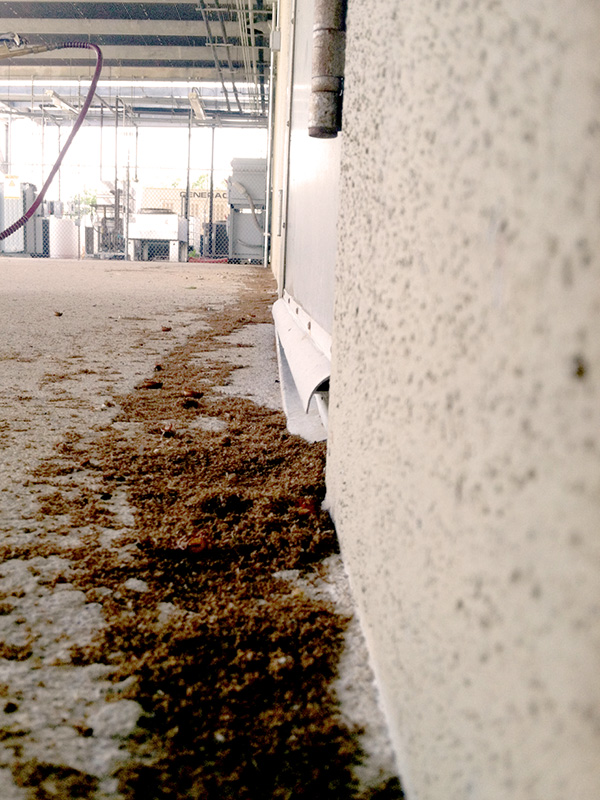
Crazy ants, also known as Tawny Crazy Ants or Raspberry Crazy Ants, are a species that's newly arrived in the United States, first being identified in Texas in the early 2000s. Crazy Ant colonies are exceptionally large, each containing thousands of individual ants. Crazy Ants don't build nests, but will cluster very closely together in available hollow spaces. This can include the cavities in walls. The biggest threat from crazy ants is their sheer number. They pack themselves very tightly in their nests, and the sheer mass of so many ants so close together is enough to short out electrical wiring. They have been a significant pest problem ever since they arrived in Houston. This photograph is of a crazy ant infestation treated by Bulls Eye.
These ants are usually about 1/8th of an inch in length, with a reddish-brown color and noticeably darker head. There are easily identifiable by their movements. As opposed to ants that move in straight lines, crazy ants move in large swarms, with individual ants crawling over each other within the swarm, moving in an erratic, even seemingly chaotic, motion. But with thousands of ants moving together, the overall swarm gives the impression of a being single, writhing mass. This irregular movement is what gives the name crazy.
Crazy ants do not construct nests, but will naturally cluster under rocks and in warm, enclosed spaces. Electrical junction boxes appeal to them as highly desirable nesting spaces. When crazy ants first appeared in the Unites States, they were found so frequently in junction boxes that it was initially though that the ants may be attracted to the electrical current, but it is now understood that it’s the additional heat from the electricity that draws the ants.
Crazy ants feed on sweet plant material and other insects, and will swarm over their prey to kill it. When feeding, they will appear quickly as a large group, meaning food left unattended outside can be almost instantly covered with a large swarm of crazy ants.
Since their introduction to the United States, crazy ants have become established in all the states along the Gulf Coast, including over 30 counties in East Texas. They are particularly sensitive to cold weather and seem to prefer a high-humidity environment.
Crazy ant colonies can contain multiple egg-laying queens, and with shelter and a reliable source of food their colonies can grow very large, very quickly. Their populations are incredibly dense, up to 100 times more dense than comparable native species of ants, meaning that a large colony is able to monopolize food sources and force out other species.
One of their chief competitors in the same ecological nice is another invasive species, fire ants, but crazy ants seem to have an advantage in the battle. Crazy ants produce formic acid in large quantities, and will coat themselves in it when they feel threatened. Although it is not yet entirely understood how, this coat of formic acid acts as an antidote to fire ant venom.
Crazy ants are considered an invasive species and both the US Department of Agriculture and the Texas Department of Agriculture have labeled their elimination from the United States as a high priority.
Are Crazy Ants Dangerous?
Crazy ants are not generally dangerous to humans. Crazy ants do not sting, but they do have a mild bite which can be briefly painful.
The main threat from crazy ants is their threat to property. Because of their inclination to nest inside of electrical junction boxes in large numbers, crazy ants can cause electrical short circuits. In a 2008 incident that gained national attention, a nest of crazy ants in a major junction box managed to shut down operations at NASA. This tendency to cause short circuits also means that a crazy ant nest can be a significant fire hazard.
In Argentina, where the population of crazy ants is much larger than in the Unites States, there have been incidents of ants swarming in sufficient quantities to smother poultry and blind livestock. Other countries where they have become established have shown them to be a significant threat to agriculture and native species. Efforts are underway to attempt to eliminate crazy ants before the population grows large enough to pose a similar threat in this country.
How Do I Get Rid of Crazy Ants?
Call a pest control professional. These are not ants that you can get rid of on your own.
Crazy ants generally are uninterested in ant baits and will avoid traps, and most over-the-counter pesticides seem to be completely ineffective on them.
Because crazy ants may pose a significant, long-term threat if they become established in the United States, it’s important to make sure that any infestation is eliminated completely and thoroughly. Call Bulls Eye at 713-222-PEST (7378) if you have a crazy ant infestation.What Our Customers Are Saying
Justin was awesome, very respectful, explained the process. You want quality pest control at a reasonable price call Bulls Eye Pest Control!!
John
Always friendly and courteous.
Debbie
Adam is hands down the best!!!
Gayathri
great work great technician
Sonya
